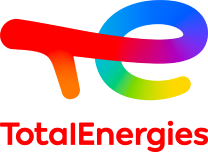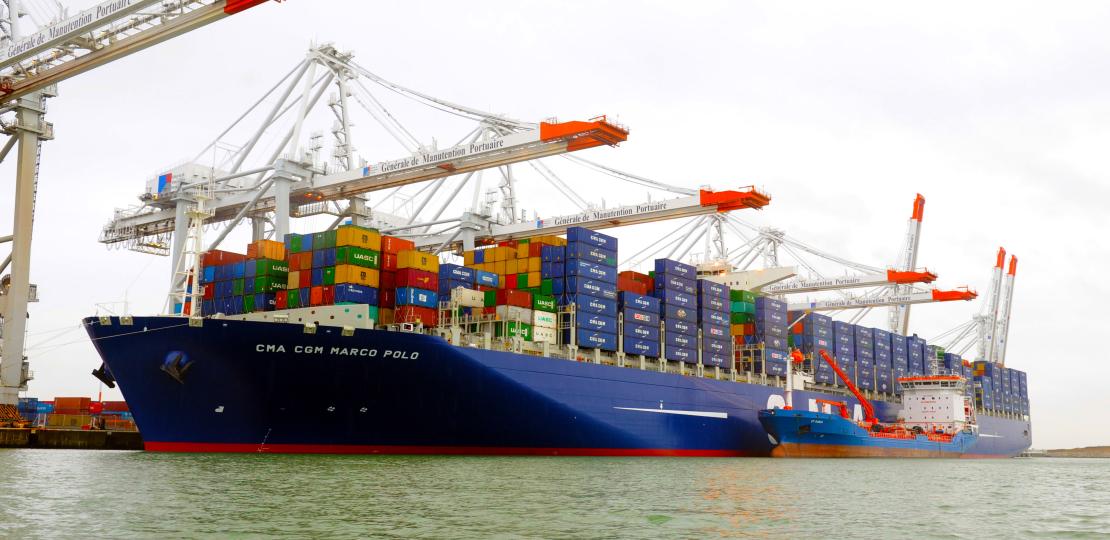04/04/2017
Total has a new marine fuels partnership. And once again, it involves LNG.
We recently signed a memorandum of understanding (MOU) with Pavilion Gas. With a bunker supplier license to import and load LNG in the Port of Singapore, Pavilion Gas will in turn help us supply our customers in the region. The deal also creates the possibility of a longer-term logistics partnership to bring down refueling costs.
Earlier this year, Total signed a major agreement with CMA CGM, a leading worldwide shipping group, again to supply LNG as a marine fuel, along with other fuels. Around the same time we also teamed up with French ferry operator Brittany Ferries to supply it with LNG starting in 2019.
The mover and shaker behind these announcements, our affiliate Total Marine Fuels Global Solutions (TMFGS), is working to diversify its product offering and win a new market. Why and how?
Supplying LNG as a Marine Fuel, a Natural Progression for Total
Regulatory changes in shipping are prodding the industry to abate its environmental impact. Effective January 1, 2020, they will only be able to use marine fuels whose sulfur content is capped at 0.5%*, down from 3.5% today.
For Total, supplying customers with a marine fuel that emits no sulfur or particulate matter and less CO2 and NOx, such as LNG, meshes perfectly with our ambition to be the responsible energy major.
Although it’s a new business, it follows directly from what we already know how to do in other areas. In the opinion of Olivier Jouny, Total Marine Fuels Global Solutions’ Managing Director, “Total is active in both conventional marine fuels and in LNG production, shipping and trading. By combining our strengths in both areas, we can become a major player in LNG bunkering.”
Our other advantage is the variety of our product range, including our marine fuels. TMFGS can offer customers a mix of fuels combining LNG and conventional fuel oil; the latter contains either 0.5% sulfur or 3.5% for ships equipped with a scrubber. That’s the whole point of the partnership between Total and CMA CGM signed in February.
A Promising Market
In a bunker fuel market (all types combined) of 250 million tons a year, LNG use could reach 10 million tons by 2025.Total aims to capture 10% of that market. And Olivier Jouny sees our customer portfolio as well suited to the challenge: “More than half of it is container ships, a promising sector since they use a lot of fuel. We’re also big believers in LNG’s potential for ferries and cruise lines.”
Before it can do that though, TMFGS will have to develop infrastructure in Europe and Asia to optimize logistics costs (refueling plus bunkering vessels), which are still checks on the market.
*In line with the International Maritime Organization’s Global Sulfur Cap.




